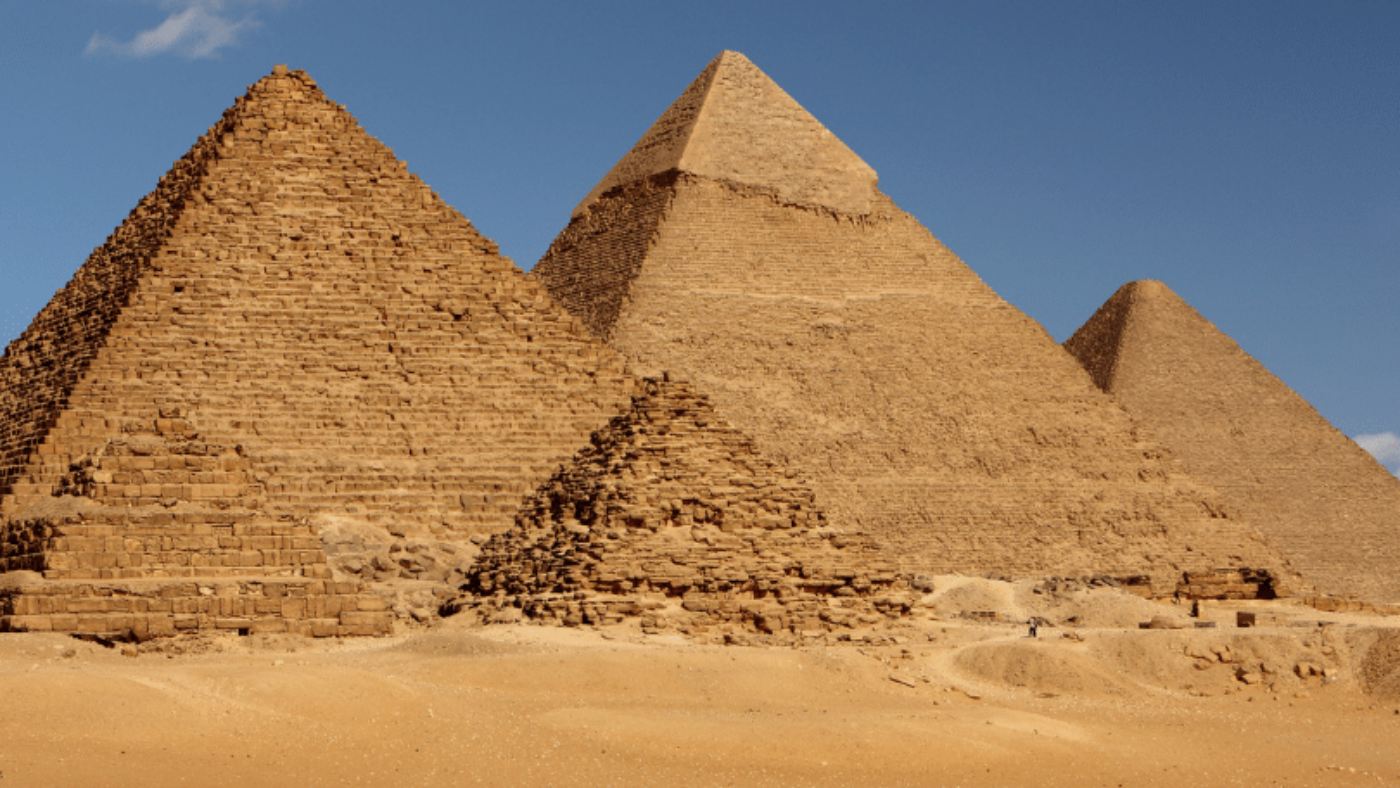The exact origin of Reflexology is hard to pin point and may date back as far as 4000BC (China) but it is believed the first recordings were those on the walls of the Ankhamor’s ‘Physician Tomb’ in Egypt (circa 2300 BC). Whilst Ankhamor was not a Physician himself, one chamber depicts interesting ‘medical’ pictures, in which some show four men working on each other’s hands and feet. Whilst not called Reflexology at that time this ancient therapy was also used throughout Eastern countries including China, Tibet, Vietnam and Japan. The ‘Yellow Emperor’s Classic of Internal Medicine,’ written around 1,000BC contains a chapter entitled ‘Examining Foot Method’ and is thought to be one of the first written texts discussing the connection between life force (Qi) and areas on our feet.
In the early 1300s Reflexology arrived in Europe and in 1582 two Doctors – Adamus and A’tais – published a number of papers on ‘Zone Therapy’. It was some time later in 1917, Dr William Fitzgerald wrote about ten vertical zones that extended the length of the body which are reflected in the souls of the feet. As an Ear, Nose and Throat Doctor, Fitzgerald found that by applying pressure to the toes and feet, certain parts of the body could be successfully numbed so that anaesthetic was not necessary in minor operations. He co-authored a book with Edwin Bowers titled ‘Zone Therapy or Relieving Pain at Home’.
It was Eunice Igham that created the Reflexology that we know today and it was in fact Eunice who named this therapy as Reflexology. Originally from South Dakota, USA she was working as a physiotherapist in the 1930’s with Dr Joe Shebly Riley who was a colleague of Dr Fitzgerland and who had expanded on Fitzgerland’s ‘Zone Therapy’ work. After using the Zone Therapy Technique she went on further to map the feet and create the Reflexology Mapping system that is still used today. In 1938 she successfully wrote her first book ‘Stories Feet Can Tell’. Practitioners have since advanced her works however her mapping principle still remains the foundation of this amazing therapy.

